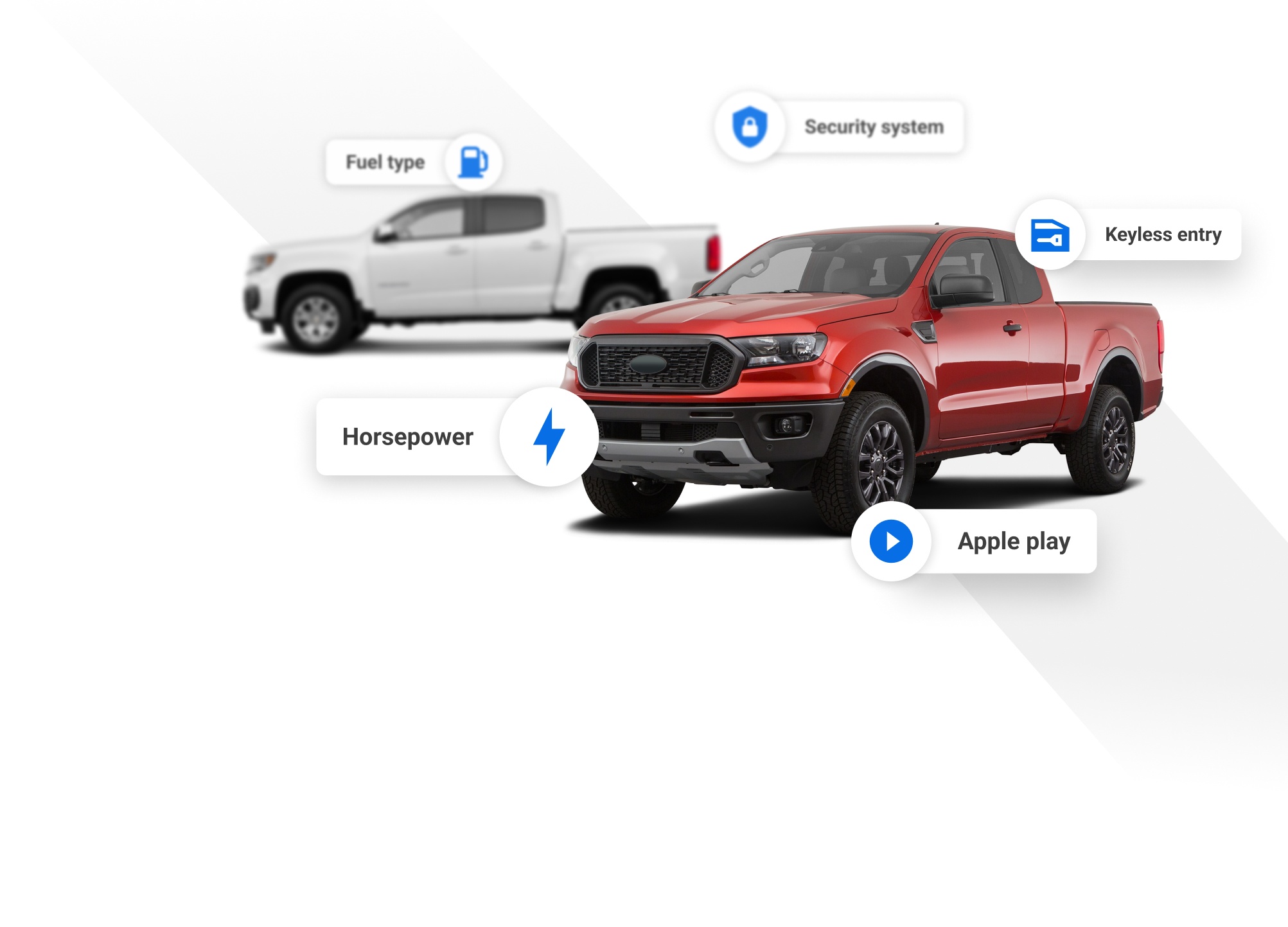
2017 Ford F-250


Key Specifications for 2017 Ford F-250






Buyer’s Guide
Aluminum. It’s the thing that separates Ford’s ever-popular F-150 from the rest of the half-ton pickup truck segment. For 2017, aluminum is going Super Duty as it’s being integrated into the F-250 in a rather big way. Like its little brother, the F-250 will use aluminum body panels in order to shed weight and increase durability.
Unlike GM, which cycles body and chassis developments on opposing cycles, the 2017 Super Duty receives a big upgrade underneath its skin. While it’s not made from aluminum there’s a brand new fully-boxed frame that’s made from 95 per cent high-strength steel. The new design is said to stronger than last year’s model by a factor of 24!
The combination of the new body and chassis, plus modified drivetrain and suspension components shave up to 158 kg (350 lbs) off the curb weight of the truck – all of which will be returned to owners in the form of added payload and towing capacity. While government fuel economy figures aren’t required for heavy-duty vehicles like the F-250, the reduction in weight plus aerodynamic tweaks should impact real-world fuel economy positively.
These big changes are also joined by fresh styling. The nose and tail both take cues from the F-150, while styling details such as the vertical fender grille and the uptick in the beltline for SuperCrew are a nice, added touch. Ford’s decision opt for military grade aluminum for the bodywork should help keep F-250s looking factory fresh for longer – the metal is said to be more ding and dent resistant than the steel used on last year’s model.
While Ford hasn’t tinkered too much with the engine lineup (6.2-litre gasoline V8 and 6.7-litre turbodiesel V8s are offered), the gas engine receives an upgraded six-speed automatic transmission for improved capability. The gas V8 produces 485 hp and a class-leading 430 lb-ft of torque, while the diesel produces 440 horsepower and a preposterous 925 lb-ft of torque. Optimized for payload, the F-250 can haul a whopping 1,905 kg (4,200 lbs), some 275 kg (600 lbs) more than its closest rival. If you need to tow, fear not – an F-250 (properly equipped), can tow up to 8,175 kg. Yes, kilograms, not pounds. (That’s 18,000 lbs, in case you were wondering.)
Three body cabs will be offered for the F-250 Super Duty – Regular Cab, SuperCab (extended cab), and SuperCrew (four-door crew cab). Two bed lengths – standard and long will be offered.
The feature innovation for the F-250 Super Duty continues on the inside of the vehicle. Ford’s Sync 3 infotainment system replaces the MyFord Touch setup – the system offers improved responsiveness, tablet-style controls (swiping, pinching), and enhanced smartphone integration. When so equipped, the F-250 has more cameras than a Hollywood film set – seven in total, including a remote, movable one that can be added to the back of a trailer for genuine all-round visibility.
From a safety perspective, the F-250 will debut radar cruise control, and emergency autonomous braking, plus lane-departure warning. Ford has also given the F-250 Super Duty a revised blind spot monitoring system which takes into account the length of the trailer it is towing. And if that weren’t enough, the F-250 gains an adaptive steering system, similar to the setup used on the new Ford Edge. This reduces the amount of wheel twirling needed to maneuver the F-250 at low speed while retaining its stable nature at higher speeds.
Review & Compare:
Photos




























































































































































































































































































AutoTrader Review






















